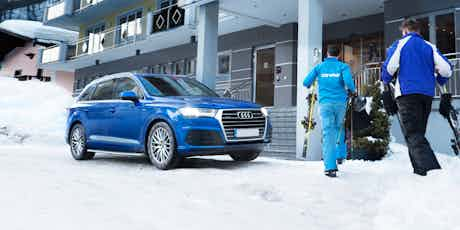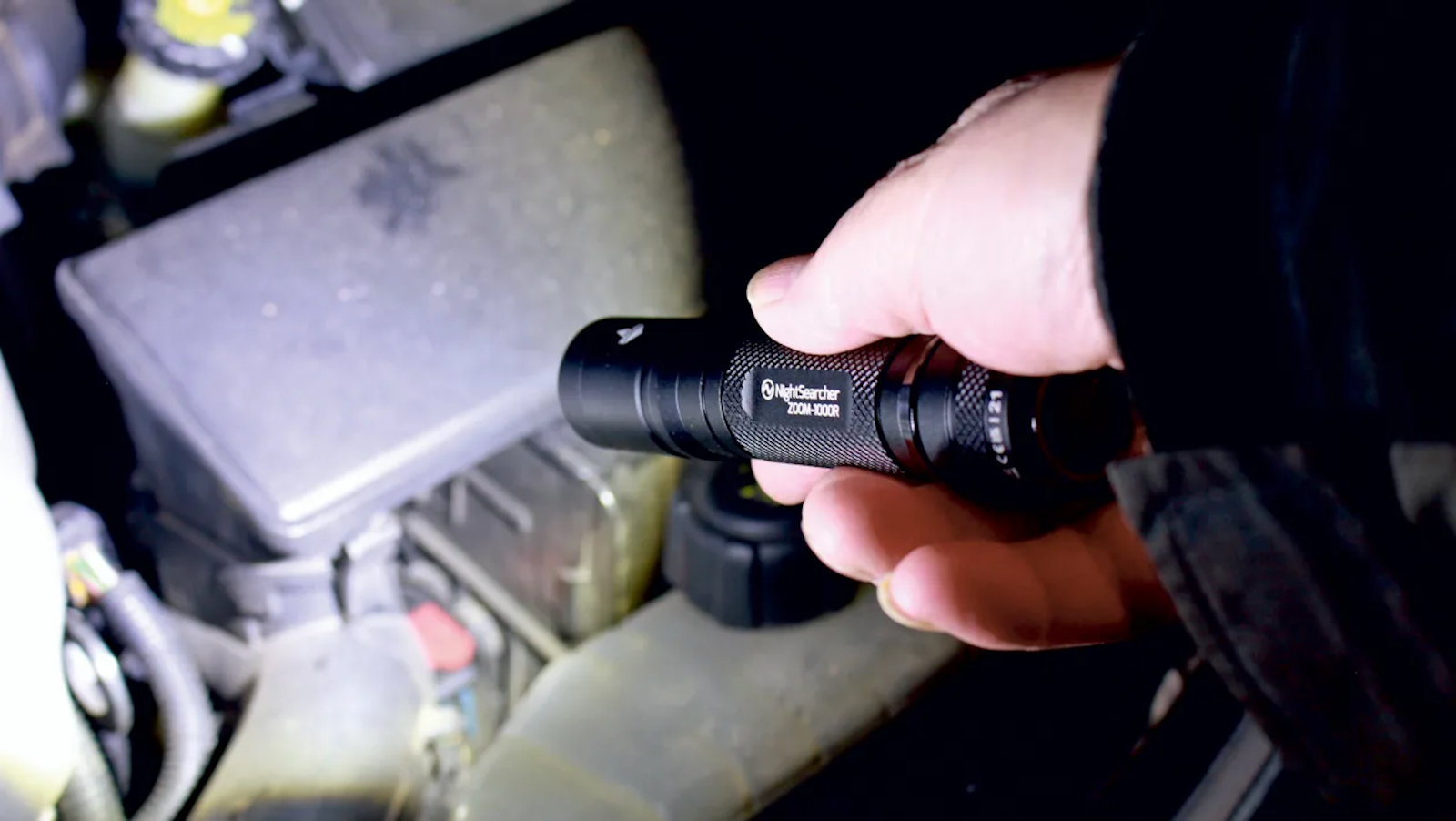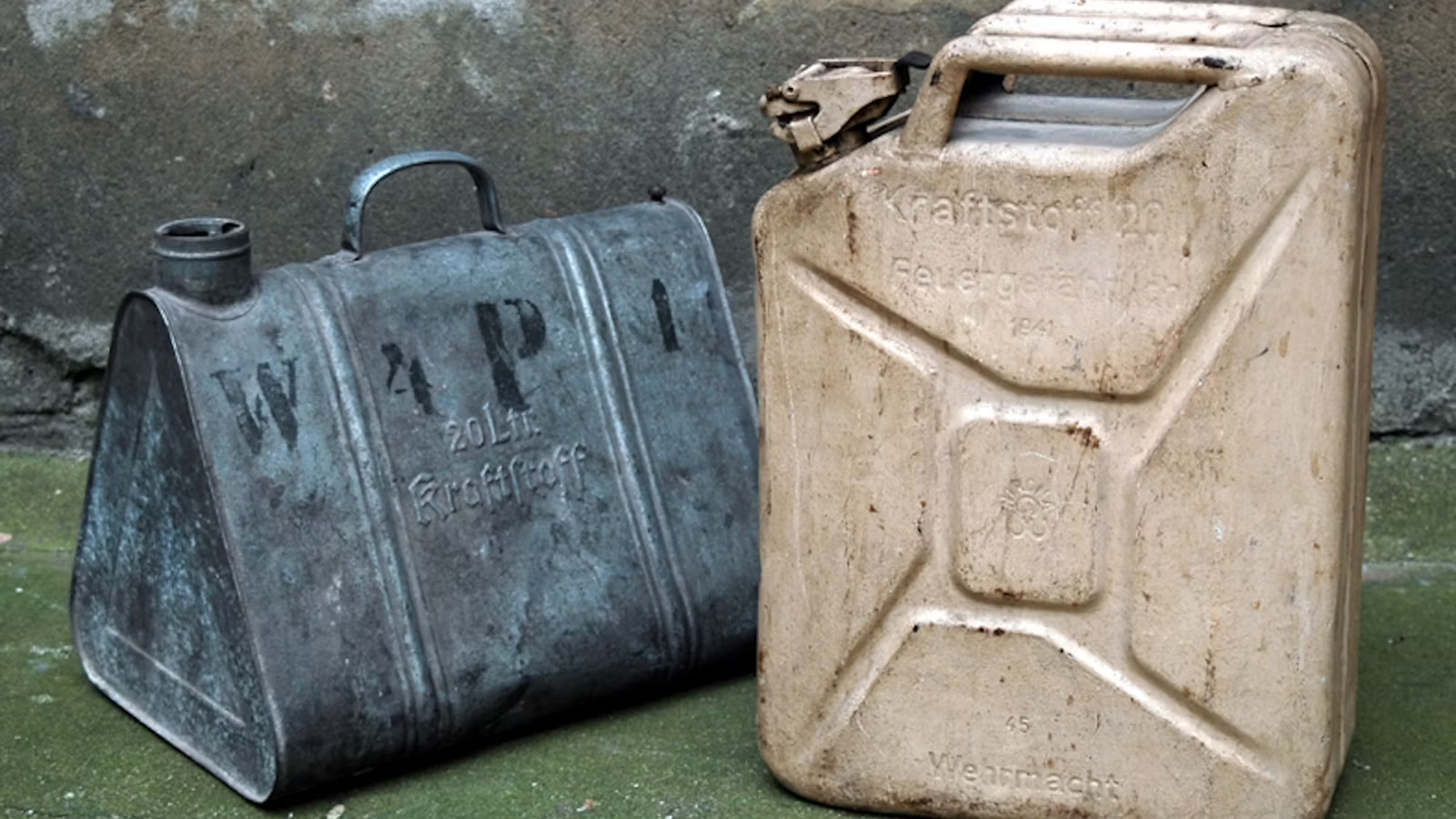Winter driving tips: Everything you should have in your car in cold weather
December 30, 2024 by Neil Briscoe

It’s that dark, damp, cold time of year again — yes, just as Sean Bean predicted, winter has come, and it’s high time you get organised and set your car up properly for the chilliest time of the year. Assuming you’ve checked all your anti-freeze levels, and made sure your windscreen wipers and tyres are in good order, there are a few items you really ought to stash in your car to make winter driving pass a little more easily…
1. Screenwash

Having a full windscreen washer bottle is actually a legal requirement, and in the winter — with wet road grime constantly being kicked up by other cars — you’ll get through more screenwash than at any other time of the year. So it’s a good idea to keep two or three of those small bottles of concentrated screenwash in the glovebox or boot, so that you can add it to water and get your windscreen properly clean and clear. You’ll be a much safer driver for doing it, and you’ll avoid a potential £100 fine.
2. An ice-scraper and de-icer

While it’s tempting to use the warm water left in the kettle to defrost your windscreen of a morning, that’s not a good idea as the sudden change in temperature can actually cause your screen to crack. A good ice scraper will do the job just as well, and it only takes a few minutes — as a bonus it will warm you up. You can also keep some de-icer spray in the car, but this is full of nasty chemicals, so use it sparingly. Again, keeping your windscreen and windows clear is a legal requirement, and there’s three penalty points and a fine waiting for anyone who doesn’t.
3. Sunglasses

This sounds counter-intuitive, but it can be a literal life saver. Yes, the days are shorter and generally duller in the winter, but that also means that for most of the daylight hours, the sun is lower in the sky. This means that it’s more likely to blast straight through your windscreen, and worse on showery days, you can get a bright, but low, sun reflecting off wet roads, causing terrible glare which can be impossible to see through. A good pair of polarised sunglasses, stashed in the car, can help you deal with this and allow you to see clearly once the rain is gone.
4. A torch, with spare batteries (or a rechargeable torch)

This is an old-fashioned, but useful tip. With longer nights and darker days, it can be hard to see what’s going on at ground level and if your car breaks down — or if you just need to do something simple like top up the tyre pressures or add that all-important screenwash — a torch can light up whatever’s in darkness. It’s also useful for fumbling around in the boot, and there are some very handy rechargeable LED torches, with angled light heads and magnetic bases, that are perfect for use in and around the car.
5. A charging cable, or back-up battery, for your phone

Obviously, this comes with the caveat of never using your phone while driving, but being able to stay in touch when the delays start to build up — or, worse, you’ve slithered off into a ditch thanks to a patch of black ice — can be really important. If your phone runs out of battery, you’re well and truly stuck, so make sure you have a charging cable, an adaptor that works with your car, and possibly a charged-up back-up battery all stored in the car for emergencies.
6. An empty fuel can

According to the AA, a significant number of its breakdown call-outs are to people whose cars are working perfectly, but have just run out of fuel. You might have to trudge to the nearest petrol station, but at least you’ll have your own can with you — some garages charge well over the odds to buy one on the spot. Obviously we’re not suggesting vintage jerrycans like those pictured are the way to go – get a modern, plastic fuel can instead.
7. Some spare warm clothes, a blanket, water, and chocolate

This is more for the out-and-out armageddon of deep snow and blocked roads, but if you do get stuck on an un-moving motorway, or if your car has broken down and you’re just waiting for the recovery truck, it’s a good idea to have an emergency kit that will help you to stay warm, hydrated, and fed. Just don’t eat the chocolate on a normal day out and forget to replace it…
Looking for an easy way to change your car? Then Carwow is the place to go. You can sell your old car for a great price, and get the best deals on a new one. All through our network of trusted dealers and all from the comfort of your home. Tap the button below to get started today.















